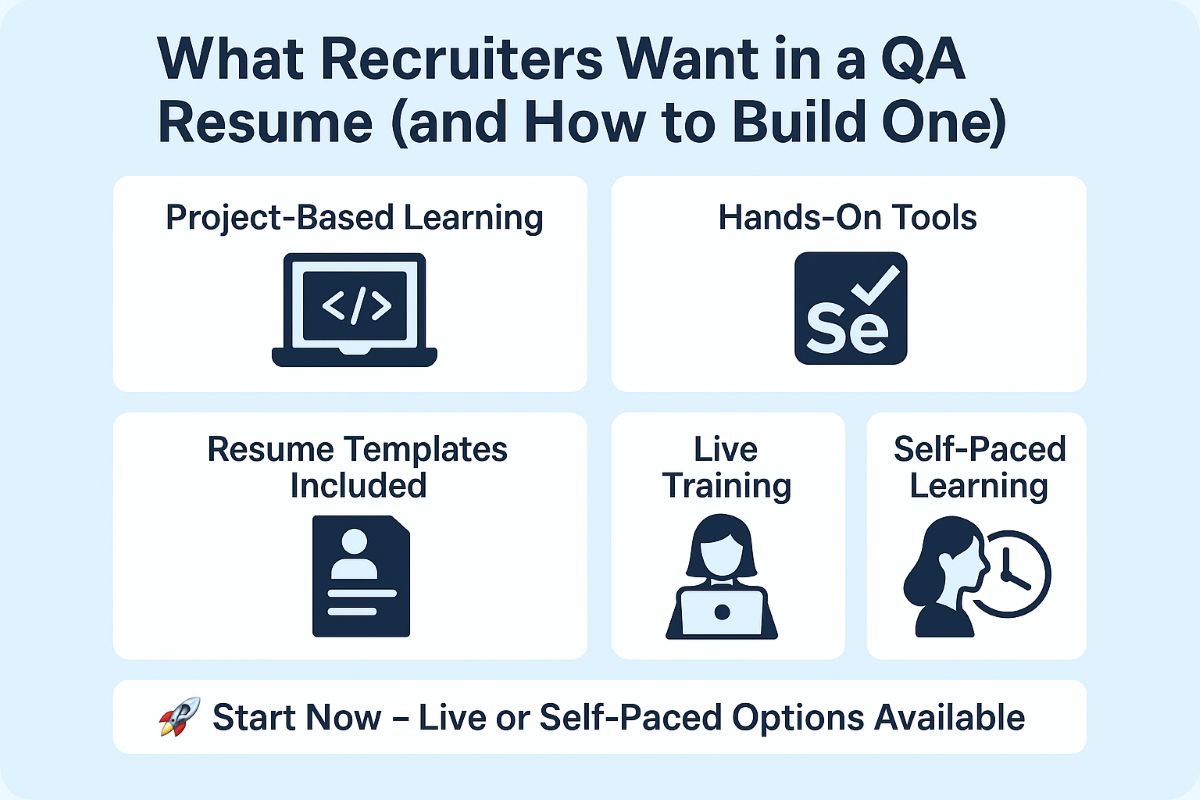Imagine that you and your team worked hard to make software, but when you gave it to the client, it had holes in it because it hadn’t been tested enough. To gain customer satisfaction and check software compatibility, it’s important to perform various kinds of testing for your product.
It is important to assure the quality of the product. There are many types of tests that are done to make sure the product is of high quality:
- Unit Testing
- Integration testing
- System testing
- Acceptance Testing—Alpha
- Acceptance Testing – Beta and many more.
In this tutorial, we are going to talk about Alpha, which is a type of User Acceptance testing. The testing is done to get a sense of how the product will be used by real users. This testing is based on feedback from real users and different teams.

What is Alpha Testing?
It is a type of testing. Before the final product is delivered to the end-user or to the public, it is important to identify all the possible issues and errors that a product can generate and resolve. The alpha testing is performed at an early-stage close to the end of the software development life cycle but before the alpha testing.
Internal employees of the company, such as testers and Quality Analysts (QA) people, perform this kind of testing. End-to-end testing is the best way to make sure the software works the way it is supposed to.
The testing is done in two phases.
a. The first step is done by software developers in the organization who use some debugging software or tools.
b. The second phase is carried out by QAs. This phase includes both black-box and white-box testing. The process is followed in alpha testing:
- The functional requirements and design specifications are reviewed.
- Test plans and test cases are being developed.
- Implementing test plans.
- Defects raised from the test plans are reported to the developers.
- The developers resolve the defects and perform the testing again.
Key Features of Alpha Testing
- Early identification of issues/bugs with the design and functionality of the software.
- Allow for the testing of the user environment as it would appear to the end user.
- At an early stage of development, this helps in achieving better insights into software reliability.
- We must involve our customers more closely in the development process.
- Alpha testing is conducted at the developer’s site.
Entry and Exit Criteria of Alpha Testing
Entry Criteria:
Before the testing can start, there must be certain conditions met. The following are mentioned for testing:
- The software product has all of its features implemented and is ready to be tested.
- No critical issues are present in the software.
- The features are tested on the main platforms.
- The QA build is ready to be executed.
- The testing team possesses sufficient knowledge about the software application.
- The test environment is adequately prepared.
Exit Criteria:
Exit criteria are the things that have to happen before testing is finished. Below are the criteria for a successful alpha test:
- Writing a report about serious bugs.
- Notifying the developers about bug-fixing issues.
- Critical issues are resolved and closed.
- Not to include any more features.
- Delivery of test summary report.
Instructor-led Training
Software Testing Online Training
Online Software testing training includes the following modules:
- Manual Testing
- Database/SQL/Database Testing
- JIRA defect management tool
- Java Programming
- Selenium Framework
- TestNG
- Cucumber with Maven
- Basic of Jenkins
To get more details, please visit the following URL:
https://www.qaonlinetraining.com/courses/software-testing-courses/qa-online-training/
Software Testing Classroom Training
Software testing classroom training includes the following modules:
- Manual Testing
- Database/SQL/Database Testing
- JIRA defect management tool
- Java Programming
- Selenium Framework
- TestNG
- Cucumber with Maven
- Basic of Jenkins
- API Testing with SoapUI or Postman
- Performance Testing with Jmeter
To get more details, please visit the following URL:
https://www.qaonlinetraining.com/programs/master-of-software-testing-ba-istqb-training/














